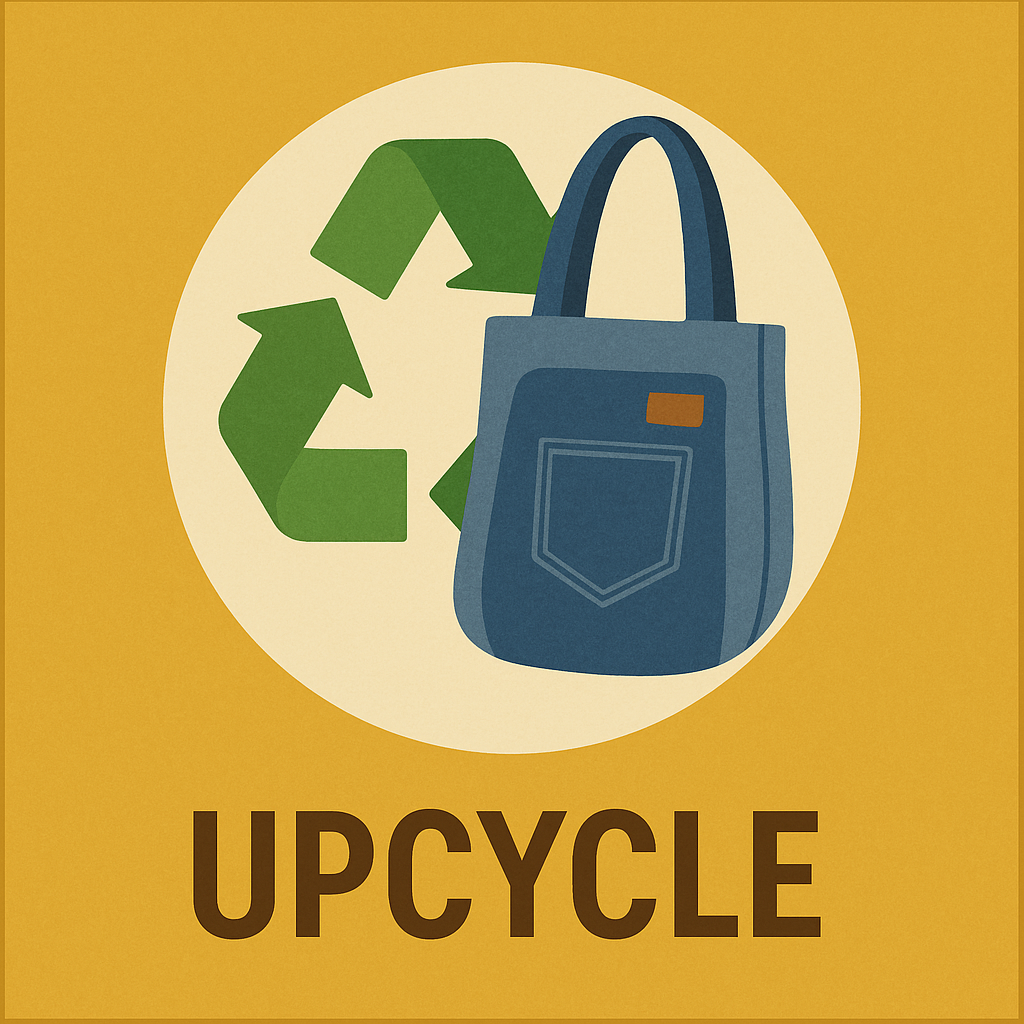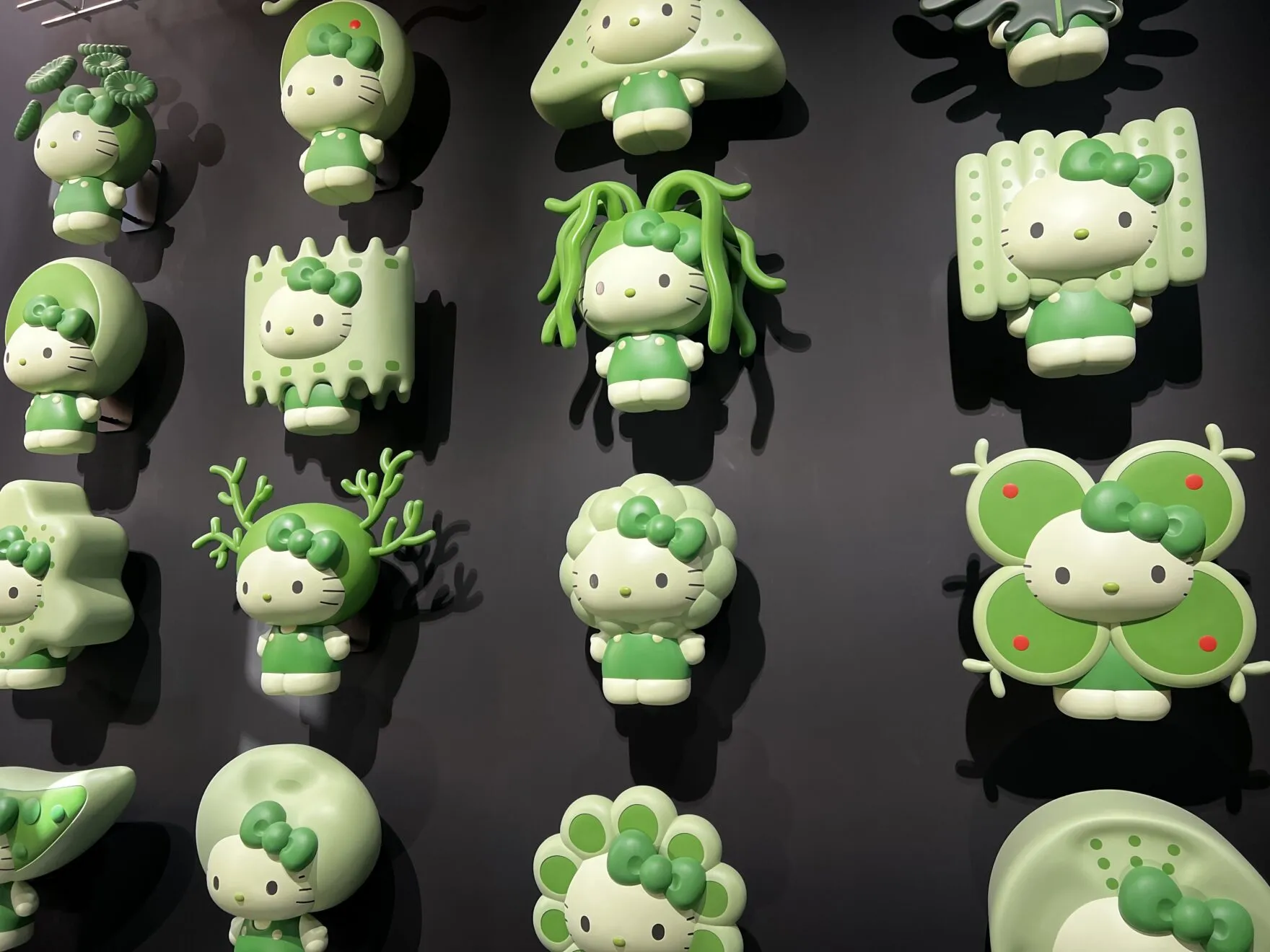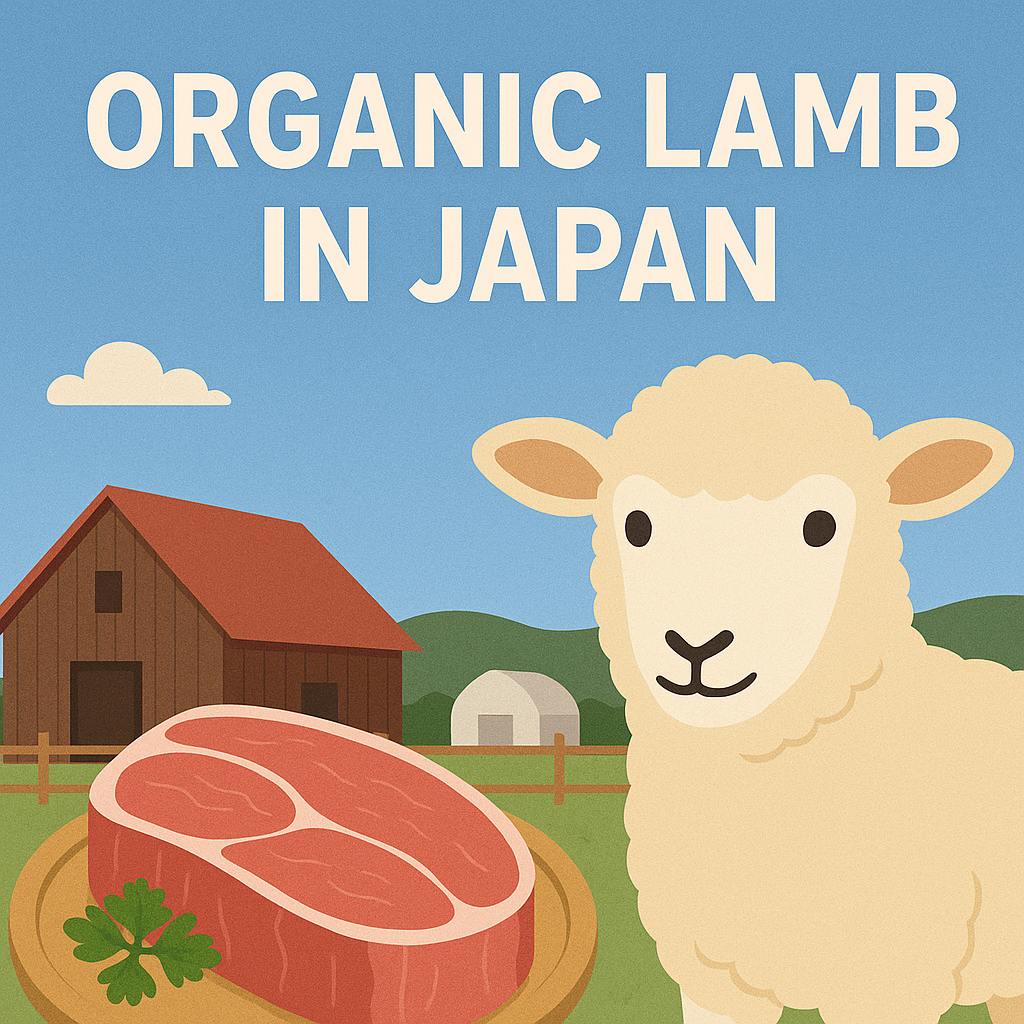In Japan today, items once deemed unusable or destined for disposal are being reborn through a creative and sustainable process known as upcycling. Unlike recycling—which focuses on breaking down products to reuse materials—upcycling enhances discarded items by adding new value, transforming them into something even better than before.
As environmental concerns grow, upcycling has emerged as a key concept for building a sustainable future. This article introduces the basics of upcycling along with real-world examples from Japan.
What is Upcycling?
Upcycling is the process of transforming waste materials or unwanted products into items of higher quality or value.
Examples include:
- Crafting furniture from used disposable chopsticks,
- Creating art from dismantled bicycle chains and gears,
- Developing new sweets from imperfect food products that would otherwise go to waste.
Upcycling not only reduces environmental impact but also promotes creativity and enjoyment, making sustainable practices more accessible and engaging.
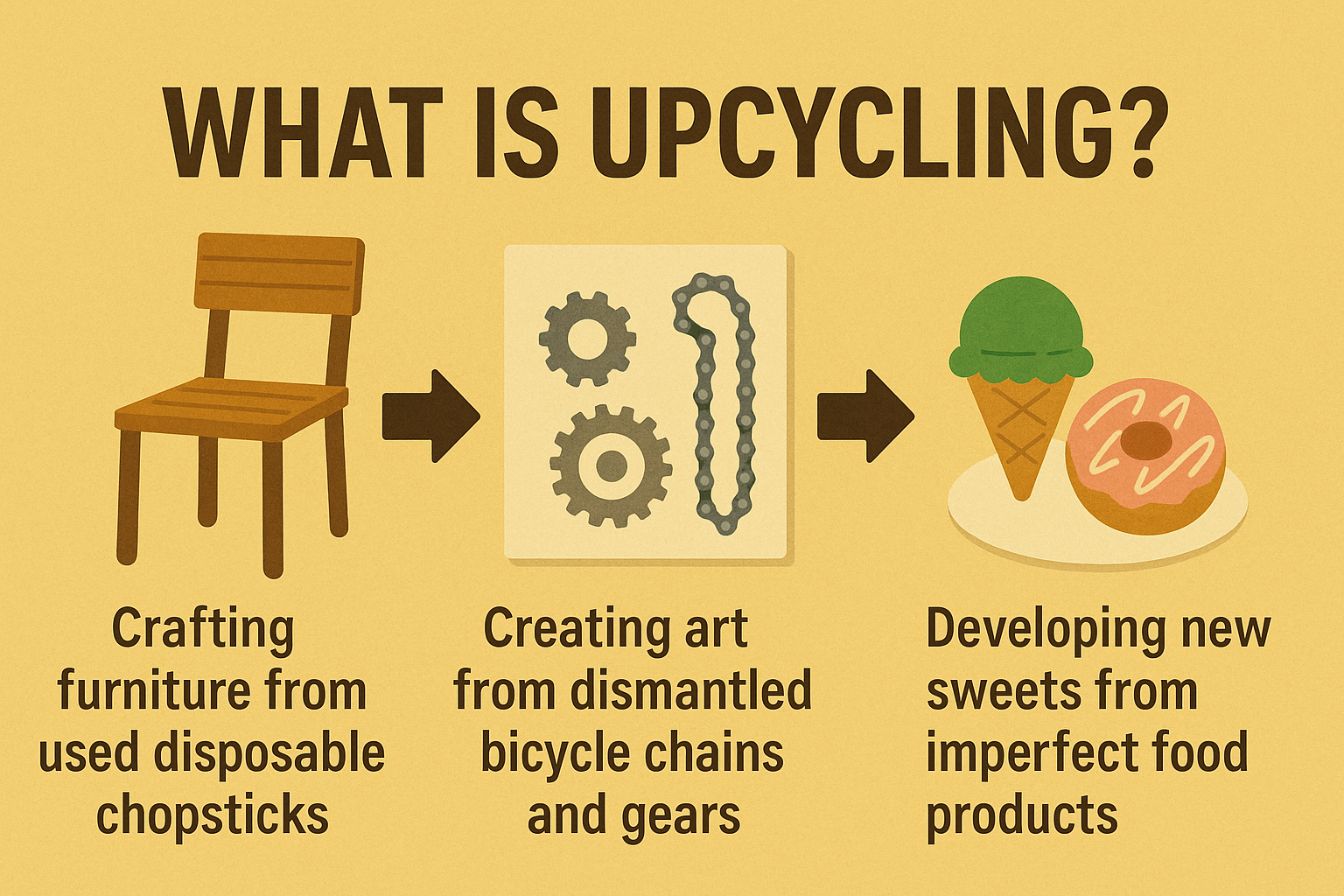
While recycling is essential for resource circulation, upcycling adds a creative twist by breathing new life and personality into old items.
For instance, remaking old clothes into original fashion pieces is gaining popularity as a form of artistic and individual expression.
Awareness and Consumer Interest in Japan
A 2022 survey conducted by SnackMe, Inc. (a Tokyo-based company led by CEO Shintaro Hattori) found that:
- Only 12.1% of respondents had heard of the term "upcycling",
- 8.4% understood its meaning.
Yet, despite low awareness, the desire to purchase upcycled products was strong:
- 56% said they would choose upcycled products if quality and price were comparable to regular goods,
- 54.4% were willing to pay even a higher price for upcycled foods, associating them with positive traits like environmental friendliness, healthiness, and strong traceability.
Note: The survey included 2,166 men and women aged 25–59 across Japan.
Real-World Examples of Upcycling in Japan
Example 1: Traditional Craft Meets Environmental Awareness – Oshima Tsumugi × Paper Yarn Collaboration
Oshima Tsumugi(A traditional Japanese silk textile from Amami Oshima Island, famous for its craftsmanship and cultural value.) is a renowned traditional textile from Amami Oshima Island (Kagoshima Prefecture), known for its intricate ikat patterns(a traditional textile technique where threads are tie-dyed before weaving, creating distinctive, slightly blurred designs) and silky texture, woven through over 30 elaborate steps over several months.
-1760x990.jpg)
Facing a shrinking market due to decreased demand for kimonos and a shortage of artisans, a collaboration project called "TSUMUGI"—led by the Upcycle Association—has combined:
- Silk threads from Oshima Tsumugi (warp yarn),
- A blend of silk and paper yarn (weft yarn), with the paper derived from recycled paper and thinned wood materials.
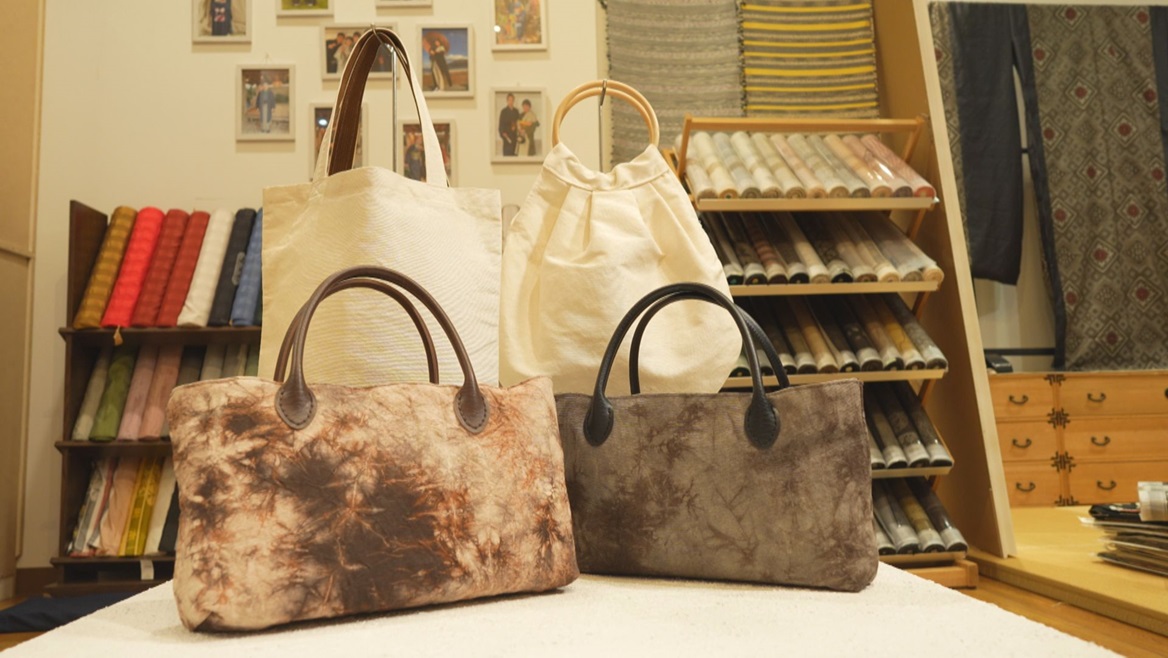
They also apply "Dorozome", a traditional mud-dyeing technique from Amami, combining plant-based dyes with iron-rich mud to create rich, deep colors.
This project preserves cultural heritage while promoting environmental consciousness.
Example 2: From Coffee Grounds to Bread – A Sustainable Food Cycle
The "Enz Koji" project by Fujiwara Techno Art Co., Ltd. upcycles food byproducts using solid-state fermentation with koji mold (a microorganism essential in traditional Japanese foods like miso and sake).
Example 2: From Coffee Grounds to Bread – A Sustainable Food Cycle
The "Enz Koji" project by Fujiwara Techno Art Co., Ltd. upcycles food byproducts using solid-state fermentation with koji mold (a microorganism essential in traditional Japanese foods like miso and sake).
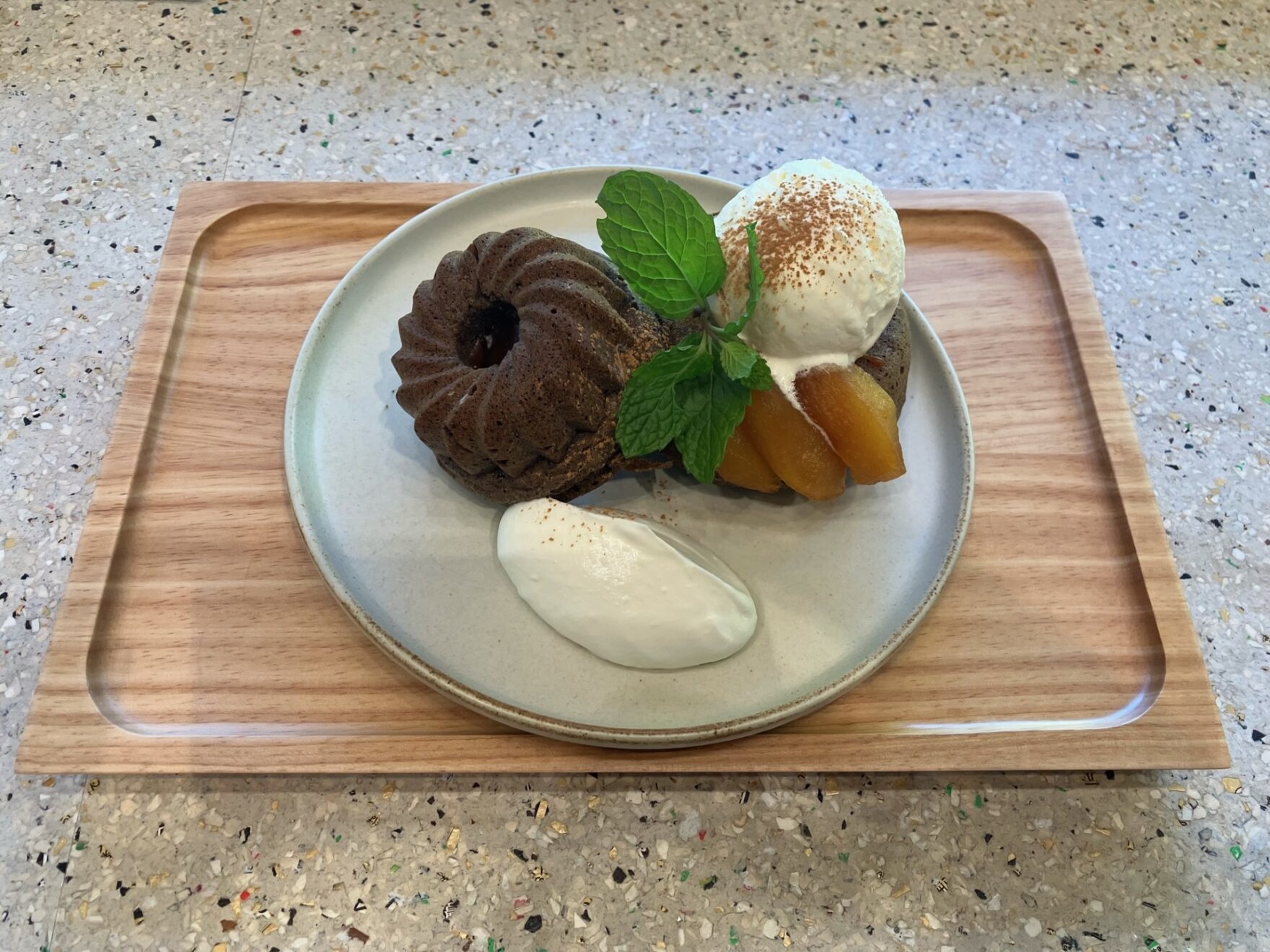
Their first innovation: turning spent coffee grounds—typically incinerated or landfilled—into polyphenol-rich bread by fermenting them with koji.
Given the global consumption of over 2 billion cups of coffee daily, reusing coffee waste is critical.
This project envisions a full food cycle where coffee beans served at a café return in the form of nutritious bread.
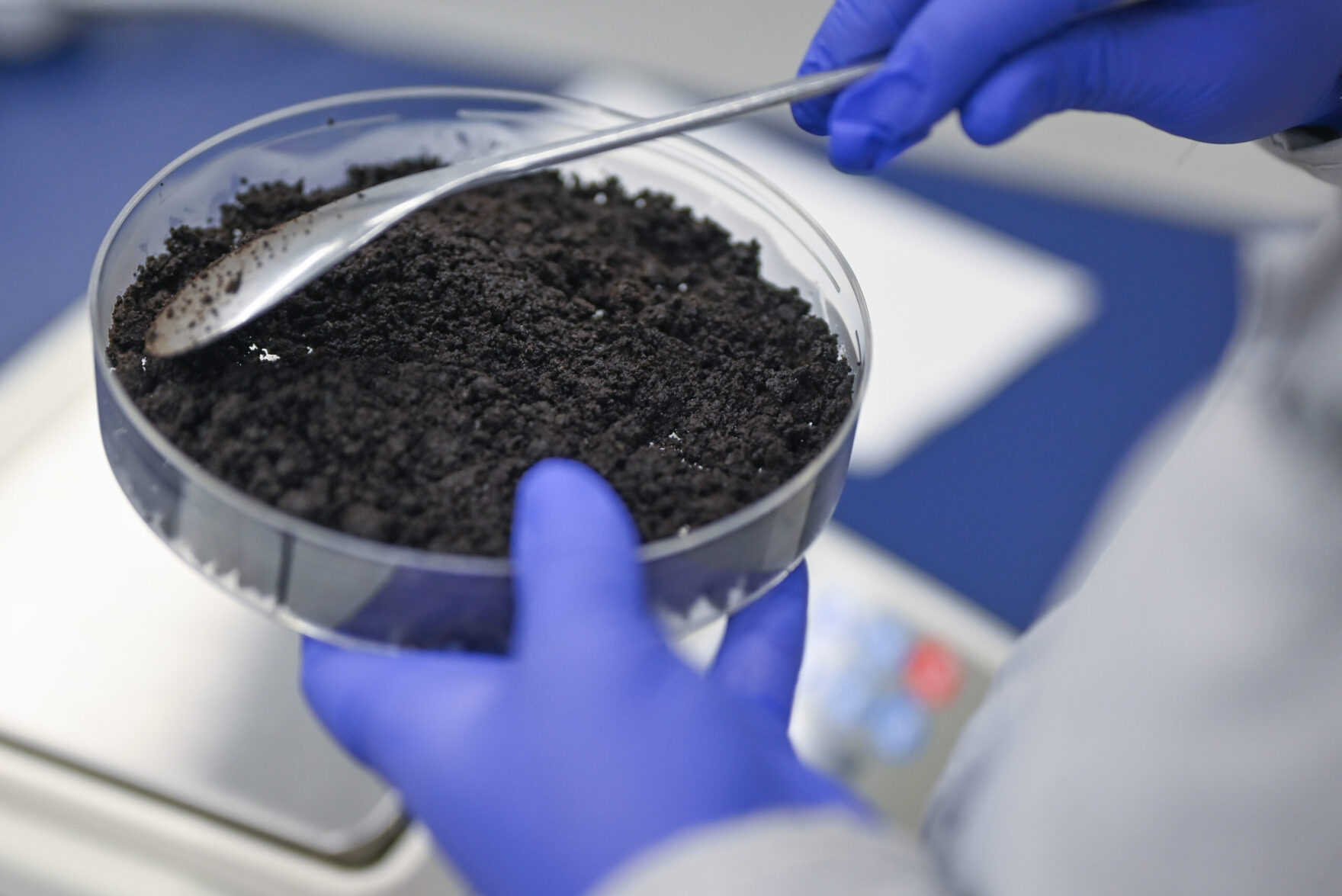
Why not visit Japan and experience its unique approach to upcycling firsthand?

